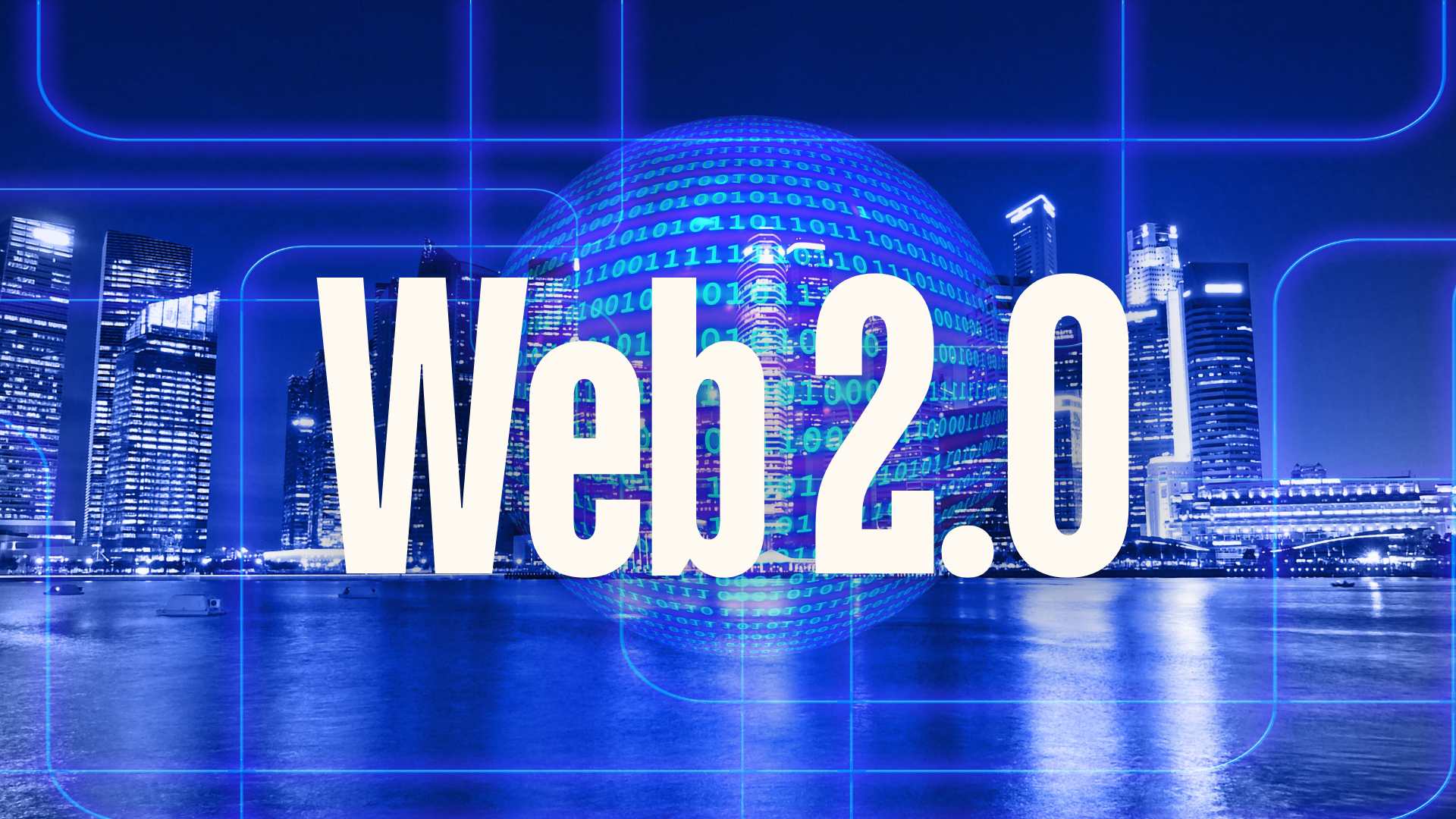There has been a tremendous change that the internet has come across from the date of its inception as a static information system to an active web interface. The change is Web 2.0, which has affected the ways today we communicate, share information, and even the ways we interact over the Internet. The sites of Web 2.0 have redefined our way of life.
In this article, we will be discussing Web 2.0, its characteristics, and its numerous benefits to users globally. With some of the most popular social network sites like Facebook and MySpace; tools for collaboration such as wiki and content-sharing sites among others, top Web 2.0 sites have effectively resurfaced user interactions and, at the same time, the future of the internet.
What is Web 2.0
Web 2.0 is an emerging trend in the development of the World Wide Web. It is characterized by the second stage, which withdrew from the decline of static HTML web pages and came to the beginning of new and dynamic interfaces, in which a user-centered mentality and interactivity take a much larger role. All in all, Web 2.0 is contrasted to Web 1.0, in which services were quite static, though most were focusing on developing them.
Key Features of Web 2.0
1. User-generated content:
Content creation, sharing, and modification have been made possible for the users through Web 2.0. This has democratized content and given rise to blogs, wikis, and social networking platforms.
2. Interactivity:
Web 2.0 sites promote two-way communication among users and from users back to the platform through features like comment, like, and share.
3. Rich user interfaces:
Web 2.0 applications often build on technologies like AJAX (Asynchronous JavaScript and XML) that explore ways to make the user interface more responsive and highly dynamic, thereby increasing its richness in interactiveness.
4. Collaboration:
Taking benefits from Web 2.0 applications is often designed for benefiting from collective intelligence, which at times can lead to end-users contributing to their peers, exchanging ideas, and getting good insights from the community.
5. Cloud-based services:
Web 2.0 more often than not applies cloud computing for providing services that are accessible from any device with an internet connection. Therefore, it promotes flexibility and access.
6. APIs and mashups:
On the rails of earlier mention, Web 2.0 services will not lag with APIs that people can effectively use to develop new applications or extend existing services.
Benefits of Web 2.0 Sites
1. Advanced communication and connectivity:
It is an era of globalization where web 2.0 platforms have doubtlessly changed the ways of communication. Social networking sites like Facebook, Twitter, and LinkedIn have made it easier for any individual to connect in wide-ranging ways.
2. Democratization of information:
Information sharing apparently seems to be leveled because of Web 2.0. Knowledge can now be injected via places like Wikipedia and Medium through which expertise can be distributed to someone who accesses the internet.
3. Collaboration and knowledge sharing:
Education and professional development have transformed drastically due to the Web 2.0 tools. Examples include tools such as Coursera, Khan Academy, GitHub, and others that provide facilities for collaborative learning, which allows sharing resources with discussions about and work on projects together.
4. Creativity and self-expression boosted:
YouTube, Instagram, DeviantArt, and other kinds of content-sharing mediums made great contributions in letting the users express themselves and even be as creative as they want.
5. Enhanced customer engagement for businesses:
Web 2.0 has redefined the way businesses now interact with their customers. Social media platforms and review sites allow companies to directly engage with their audiences, receive their feedback, and build brand loyalty.
6. Better productivity, collaboration at the workplace:
Web 2.0 tools, including Google Workspace, Trello, and Slack, better improved collaborative workplace environments. These platforms allow teams to work together on common shared tasks, report on one another’s progress, and maintain quick communication with each other.
250+ Free Web 2.0 Sites list
Read More:
Conclusion
Top Web 2.0 sites have changed the digital world. They have presented a platform of positives that affect virtually every single aspect of life that is lived online. We will have a lot many adaptation mechanisms and innovative digital opportunities that Web 2.0 platforms will start offering over time, thereby thrusting more of our social capabilities in associating, creating, and collaborating digitally.
This participatory nature of Web 2.0 that has given an almost complete makeover to how we use the Internet has also altered the way social interactions, business practices, and knowledge distribution happens globally.
FAQs
Q: Mention some popular Web 2.0 sites.
The most common examples of Web 2.0 sites would be Facebook, YouTube, Wikipedia, Twitter, and Instagram.
Q: How are Web 2.0 sites different from conventional sites?
They possess user-generated content, interactivity, and collaboration compared to traditional static websites.
Q: Can social media be referred to as Web 2.0 sites?
Indeed, social networking sites are typical examples of Web 2.0 sites because they are interactive and user-generated.
Q: Can businesses use or derive value from Web 2.0 sites?
Yes. Firms can use Web 2.0 sites for marketing, relating to their customers, and, in some cases, even to collaborate internally within the firm and with partners.



